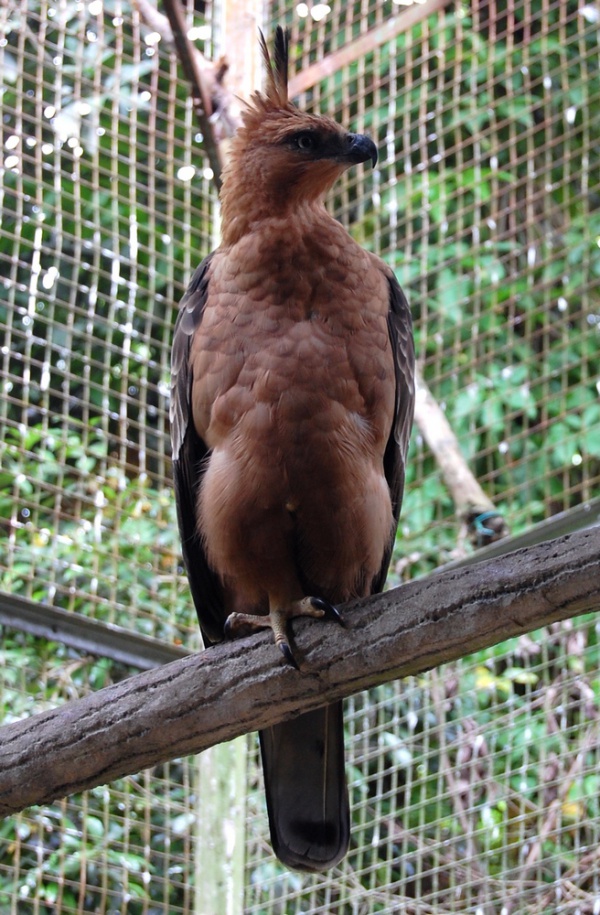Facts About Javan hawk-eagle
The Javan hawk-eagle is a remarkable medium-sized bird of prey endemic to Indonesia, particularly flourishing in the humid tropical forests of Java. Its distinctive appearance includes a dark brown body, a rufous (reddish-brown) head and neck, and intricate black and white patterns. One of its most striking features is its long, black crest. This majestic bird is so iconic that it’s celebrated as Indonesia's national bird and is often referred to as Garuda.
These eagles are believed to be monogamous, with females typically laying a single egg in nests situated high in forest trees. Their diet is diverse, consisting of birds, lizards, fruit bats, and small mammals. Interestingly, the Javan hawk-eagle was not recognized as a distinct species until 1953 due to its variable plumage, which made differentiation from other Spizaetus eagles challenging.
Regrettably, the Javan hawk-eagle is facing severe threats. Habitat loss, a small and fragmented population, limited range, and hunting pressures have all contributed to its decline. It is currently classified as Endangered on the IUCN Red List and is listed in Appendix II of CITES, emphasizing species that require international cooperation to ensure their survival.
Conservation efforts are desperately needed. The wild population is estimated at around 325 pairs, significantly below the ideal number of 1,450 pairs needed for a stable population. Without substantial conservation measures, experts warn that the Javan hawk-eagle could face extinction by 2025.

 Papua New Guinea
Papua New Guinea